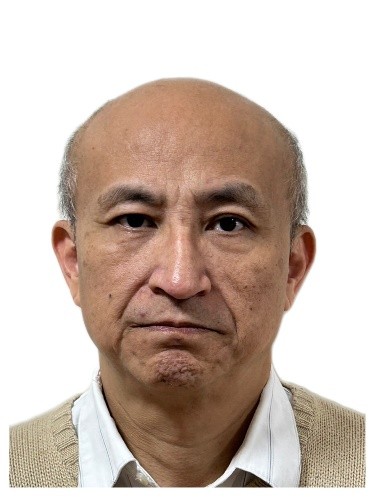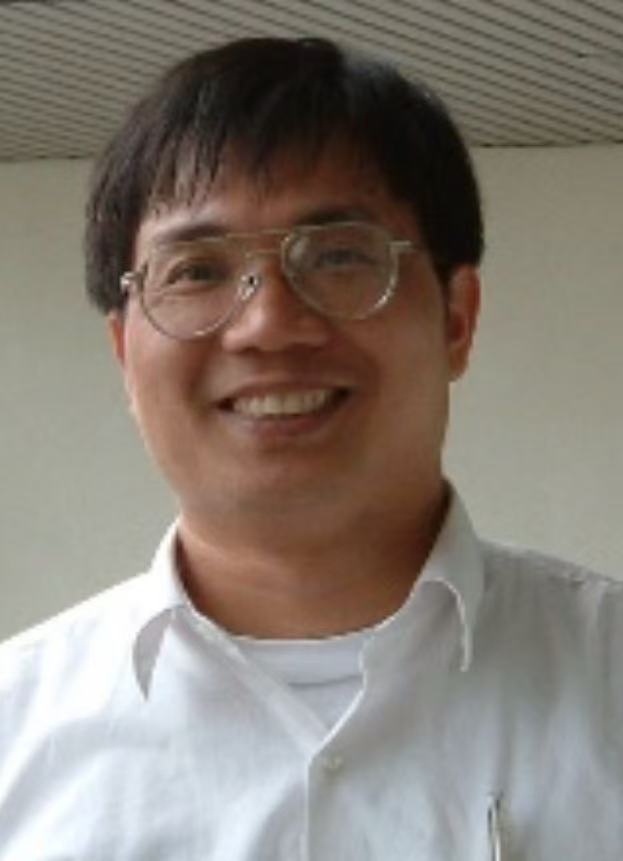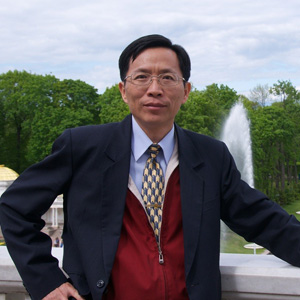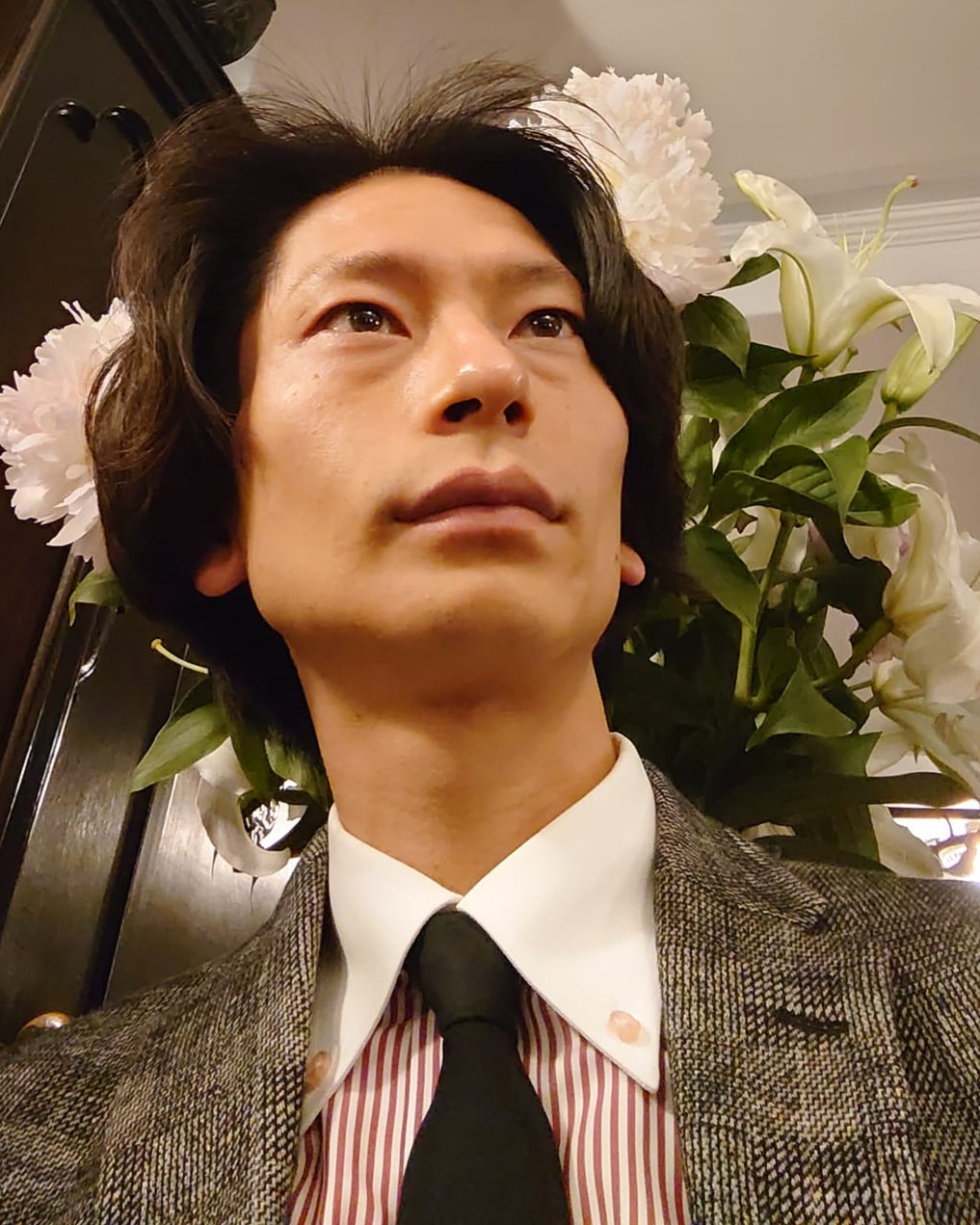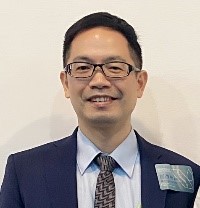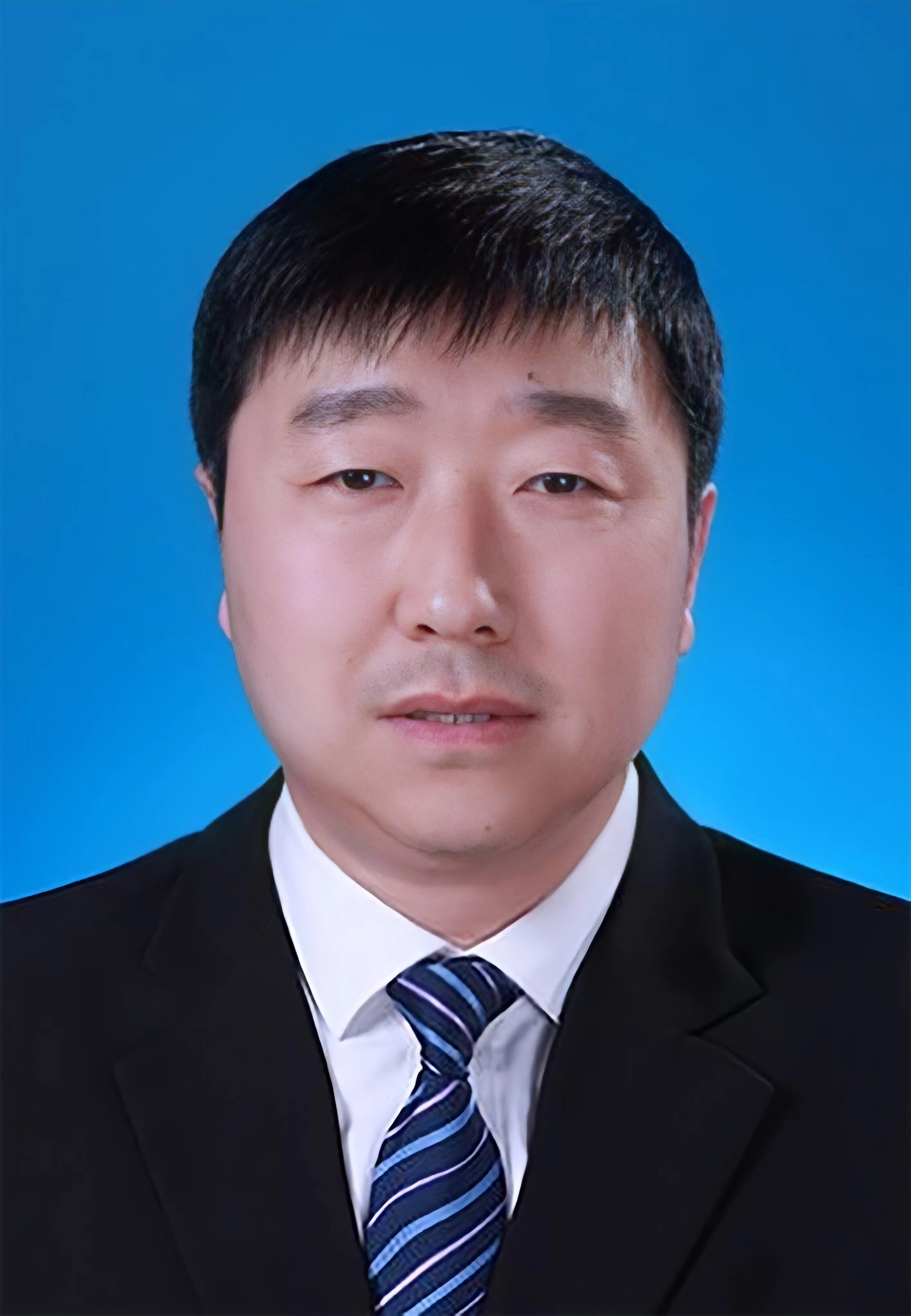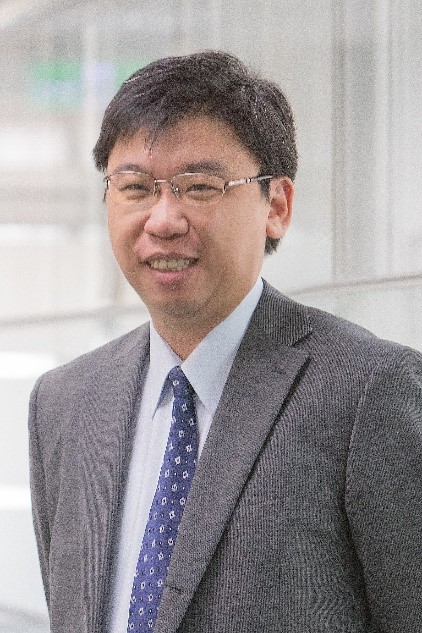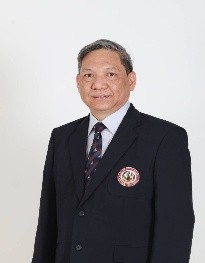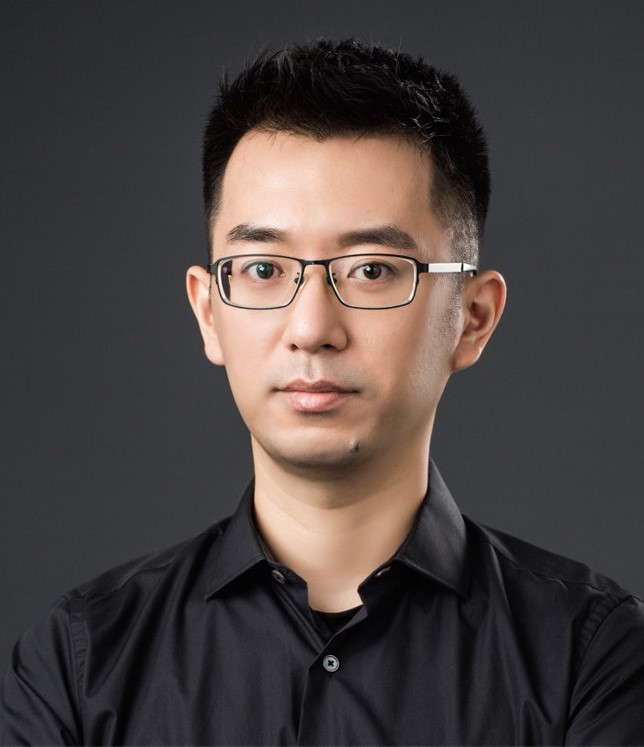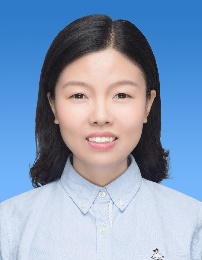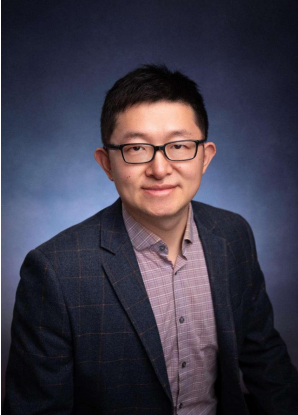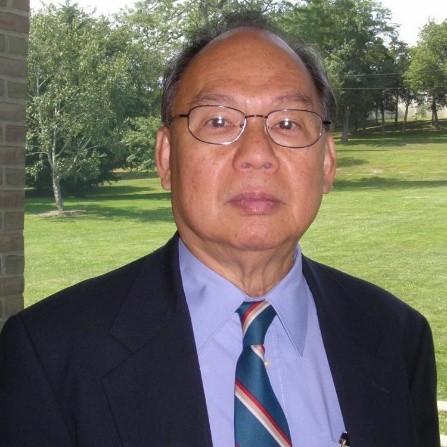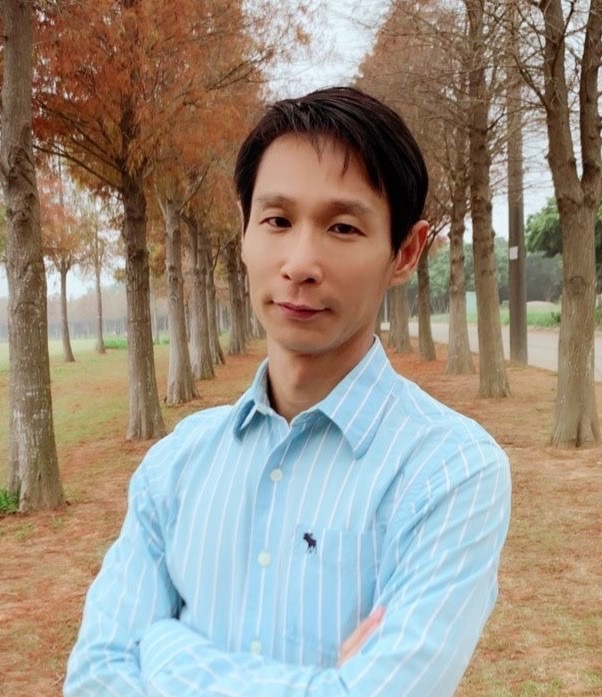Prof. Hung-Lung Chiang
The Department of Safety Health and Environmental Engineering, National Yunlin University of Science and TechnologySpeech Title: To be updated
Prof. Chang-Tang Chang
Department of Environmental Engineering, National Ilan UniversitySpeech Title: To be updated
Prof. Chi-tsan Lin
Department of Marine Environmental Engineering, National Kaohsiung Marine UniversitySpeech Title:
Prof. Yoshihiro Hamaguchi
Department of Economics, Faculty of Economics, Hannan UniversitySpeech Title: Sustainable Blue Economy Towards Finance-Led Tourism Growth Hypothesis in A R&D-Based Marine Growth Model
Abstract: The blue economy, comprising fisheries, tourism, and seafood processing industries, is expected to drive economic development through natural resources and decarbonization through blue carbon. However, the complex interrelationships and conflicting interests between marine ecosystems and socio-economic activities hinder the realization of sustainable blue development. In this context, ESG finance for fisheries and tourism is expected to contribute to the dual goals of environmental conservation and economic development, but its mechanisms are not self-evident. This study uses an R&D-based growth model in the monetary economy to analyze the effects of financial policies targeting R&D, fisheries, and tourism on expenditure, growth, environment, money, and tourism. Rent-seeking behavior toward individual transferable quotas (ITQs) is considered. The lending rates for the fisheries and tourism sectors are lower than those for the R&D sector through risk premiums. In the non-blue economy, lowering interest rates for R&D firms leads to pollution reduction and economic growth, but this effect is undermined in the blue economy. Lowering interest rates for fishing firms through risk premiums creates a trade-off between economic growth and environmental quality. When interest rates for tourism firms are raised to an adequate level through risk premiums, this leads to economic growth, environmental improvement, and expansion of tourism and money supply, but also causes a decline in lending. Here, raising interest rates for R&D firms and increasing ITQs can limit the extent of interest rate hikes for tourism firms. This result implies the finance-led tourism growth hypothesis. This study suggests that a policy mix centered on financial policies targeting tourism is important when aiming for sustainable blue development.
Prof. Yen-Ping Peng
Institute of Environmental Engineering, National Sun Yat-sen UniversitySpeech Title: To be updated
Prof. Baochang Liu
College of Construction Engineering, Jilin UniversitySpeech Title:
Prof. Meng-Wei Wan
Department of Environmental Engineering and Science, Chia-Nan University of Pharmacy and ScienceSpeech Title:
Prof. Chart Chiemchaisri
Department of Environmental Engineering, Faculty of Engineering, Kasetsart UniversitySpeech Title: Effect of influent conditions on biomass production and associated microbial communities in duckweed wastewater treatment system
Abstract: Bench-scale plug-flow type reactor with Spirodela polyrhiza and Lemna aequinoctialis duckweeds was applied to treat low-strength municipal wastewater. The experimental unit was operated at a constant hydraulic retention time of 4 days, during which duckweed was initially provided at 100% of the water surface area. During continuous operation, growing duckweed biomass was harvested twice a week to maintain the original coverage condition of duckweed on the water surface, and the amount of excess duckweed biomass was monitored. Municipal wastewaters containing different organic (COD) and nitrogen (TKN) concentrations, with their average values ranging from 45-118 mg/l and 17-70 mg/l, respectively, were examined on their effect on the treatment performance, duckweed biomass production, and associated microbial communities. The experimental results revealed the highest average biomass production of 6.5 g dry mass/m2/day of Spirodela polyrhiza duckweed over 72 days of operation when influent wastewater with the highest COD concentrations was applied. At lower organic concentrations, lower average duckweed biomass production rates, ranging from 3-4 g/m2/day for Spirodela polyrhiza and 0.2-1.5 g/m2/day for Lemna aequinoctialis were observed. During the treatment of wastewaters, moderate average COD removal of 37-59% and TKN 22-47% were achieved. Microbial community analyses revealed predominance of Burkholderiales, Pirellulales, Verrucomicrobiales, and Rhizobiales bacterial consortium associated with Spirodela polyrhiza duckweed under high growth yield conditions, whereas Cyanobacteriales were found predominant on duckweeds cultivated under low COD conditions.
Prof. Wei-Fan Kuan
Department of Chemical and Materials Engineering, Chang Gung UniversitySpeech Title: To be updated...
Prof. Jenn Fang Su
Department of Chemical and Materials Engineering, Chang Gung UniversitySpeech Title: To be updated...
Prof. Yingying Xu
Songliao River Basin Water Environment Key Laboratory of the Ministry of Education, Jilin Jianzhu University, ChinaSpeech Title:
Prof. Zhikang Wang
College of Eco-Environmental Engineering (The Institute of Karst Wetland Ecology), Guizhou Minzu UniversitySpeech Title: The role of extracellular polymeric substances on the formation and decay of disinfection by-products: The impact of disinfection methods and divalent ions
Abstract: Disinfection by-products (DBPs), formed from biofilm extracellular polymeric substances (EPS) and organic matter during regular disinfection practices in drinking water distribution systems, poses a potential threat to drinking water safety. However, the diverse DBP formations induced by the intertwined organic matter and bacterial EPS remains elusive.
In this study, we investigate both disinfectant methods and divalent ions on DBP formation in simulated drinking water distribution system (DWDS). Biofilm analysis results revealed that at 0.5 mg/L of disinfectant residual, both Cl2 and NH2Cl were not effective to remove biofilms. As the disinfectant residual increased, biofilms could be eradicated by Cl2, while remaining biofilms were still present even under the highest allowable NH2Cl dose (4 mg/L). However, when Cl2 residuals reached 2 mg/L, DBP concentrations in bulk water increased sharply, with trihalomethanes and haloacetic acids being the most prevalent DBP species. In addition, divalent ions in bulk water can significantly inhibit DBPs formation. Mechanistically, divalent ions promote the complexation of negative charged groups and thus inhibit carbonaceous DBP formation, while the hindering chlorine substitution of hydrogen atoms on α-carbon and amine groups reduces nitrogenous DBP formation. Conversely, Ca2+ and Mg2+ could facilitate biosorption processes that increased the yields of DBPs. Both EPS and adsorbed algal organic matter can provide halogenated reactive sites for DBP formation, exhibiting diverse aromatic substances and unsaturated (lignin and tannins) compounds. Overall, this study provides insights into optimizing disinfection protocols for water utilities by balancing the benefits of disinfection application for biofilm control with minimized toxic DBP formation in DWDS.
Prof. Nay Htun
Former UN Assistant Secretary General, UNDP, UNEPAdjunct Professor, Chemical Engineering & Materials Science, Stony Brook University, State University of New York, Fellow Imperial College London
*** Former, Board Member, High-Level China Council for International, Cooperation on Environment & Development
*** Former, Visiting Professor & Special Advisor International Institute for Industrial Environmental Economics, Lund University, Sweden.
*** Hon. Professor, Tongji University
Speech Title: Water Is Life – Integrated and Holistic Response Imperative
Abstract: From the advent of civilization, water plays a central and pivotal role in every aspect of development. In particular human, health, well being and welfare. A major consequence of water use and misuse is effect on the weather, in particular climate. Changes have increased forest fires; droughts; over flowing river and lakes; sea level rise; melting glaciers, Arctic , Antarctic ice; invasive species. The concept and practice of development have evolved from the major goal of primarily economic focused gains. Increasingly, the existential imperatives include ethics, ecological and human consequences. Development without Destruction, Ecodevelopment, Sustainable Development terminologies have evolved. Recently, the notion of Resiliency is considered a requirement beyond and above Sustainability. The presentation provides a brief overview of the existential threats and effects from the misuse of water and the potentials of increasing AI applications. Peer reviewed scientific literature and observed global empirical evidence continues to enrich knowledge base and importantly increase public awareness, in particular youth, business and industry.
There is a growing refrain demanding actions and not procrastinations and continuing business as usual and silo practices. Do nothing is not an option. There is an urgent need for expeditious transition pathways towards reducing, minimizing and improving use of water.
A Framework with the following components will be presented
• Vision and Leadership. Above and Beyond Sustainability and including Systems and Systemic Resiliency.
• Governance that is responsive, accountable, transparent, just, humane.
• Change Behaviors and life styles.
• Whole of Institutions approach to include Public, Private, Administration, Community Based, international and indigenous organizations.
• Intra and Intergenerational Responsibilities that recognize and respect Present and Future Perspectives. Needs, Wants.
• Implementation mechanisms improving and increasing communication, and awareness, harnessing state of the art IT, traditional, electronic and social media.
• Incentives. Recognition, Rewards.
• Cooperation Increase and expand amongst disciplines, sectors at local, national, regional, international levels.
• Respect and Dignity. Young, elderly, vulnerable, infirm. Improving quality of life and standards of living.
Prof. Ching-Lung Chen
Department of Safety, Health and Environmental Engineering, Ming Chi University of TechnologySpeech Title: Electrochemical Degradation and Sensing of Aqueous Pollutants Using Copper-Based Electrodes
Abstract: In this study, copper-based electrodes were fabricated and successfully applied for the electrochemical sensing of the herbicide Diuron. The sensor exhibited a fast response, remarkable stability, and an exceptionally low detection limit, confirming the strong catalytic and analytical capability of the Cu material toward environmental monitoring. To further enhance pollutant remediation, bimetallic palladium–copper (Pd/Cu) electrodes were prepared by varying the palladium deposition duration between one and three minutes. Comprehensive physicochemical characterization revealed that palladium nanoparticles were uniformly dispersed across the copper substrate, forming a stable Pd/Cu composite structure. X-ray diffraction, X-ray photoelectron spectroscopy, and transmission electron microscopy analyses confirmed the coexistence of metallic Pd and oxidized Cu phases, signifying successful alloy formation and favorable surface properties for catalysis. Electrochemical evaluation demonstrated that the Pd/Cu electrode markedly outperformed the pure copper electrode in nitrate reduction. A pronounced reduction peak indicated efficient nitrate conversion, with nearly complete removal and high selectivity toward nitrogen gas at constant current density. Collectively, the results reveal that copper-based and Pd/Cu electrodes offer a dual-function platform capable of rapid Diuron sensing and highly selective nitrate reduction, representing a promising and sustainable approach for advancing water purification technologies and safeguarding aquatic ecosystems.

